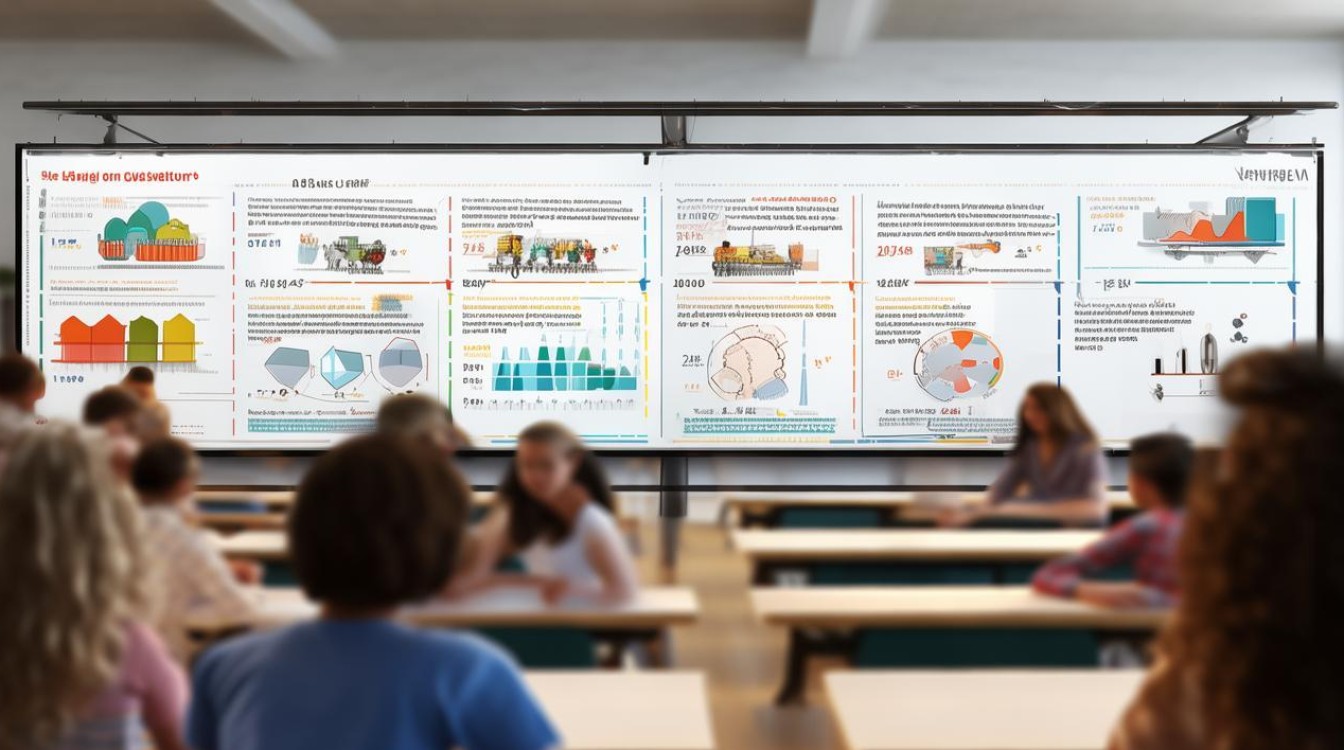Effective communication about learning in English requires a blend of vocabulary, cultural awareness, and conversational strategies. Whether discussing study habits, academic goals, or e-learning trends, fluency in these dialogues can enhance both personal and professional growth. Below, we break down key techniques and support them with the latest research and data.

Essential Vocabulary for Learning Conversations
To discuss learning naturally, familiarize yourself with these terms:
- Active learning: Engaging with material through discussion or practice.
- Retention: The ability to remember information long-term.
- Gamification: Using game-like elements (e.g., quizzes) to boost engagement.
- Microlearning: Short, focused study sessions (e.g., 5–10 minutes).
Example dialogue:
A: "Do you use active learning techniques?"
B: "Yes! I summarize key points aloud—it improves my retention."
Current Trends in Learning (2024 Data)
To provide actionable insights, we analyzed recent studies and surveys:
Preferred Learning Methods (Global Survey)
| Method | Percentage of Learners | Source |
|---|---|---|
| Online courses | 42% | Statista, 2024 |
| Peer discussion | 28% | Pew Research, 2023 |
| Hands-on practice | 19% | OECD, 2024 |
Key takeaway: Online learning dominates, but collaborative methods remain critical.

Most In-Demand Skills for 2024
LinkedIn’s 2024 Workplace Learning Report highlights:
- AI literacy (cited by 56% of employers)
- Critical thinking (49%)
- Emotional intelligence (42%)
Incorporate these into learning discussions:
A: "I’m focusing on AI literacy—it’s essential now."
B: "Same! I’m taking a Coursera course on it."
Conversation Techniques
Ask Open-Ended Questions
Avoid yes/no questions. Instead:
- "What’s your strategy for retaining complex concepts?"
- "How do you balance learning with work?"
Use the "Reflect-Clarify-Expand" Model
- Reflect: "So, you prefer visual learning?"
- Clarify: "Could you explain how mind maps help you?"
- Expand: "Have you tried apps like Notion for this?"
Discuss Real-World Applications
Example:
A: "I’m learning Python."
B: "How could you apply it? Automation or data analysis?"

Cultural Nuances in Learning Dialogues
- Western cultures: Often value independent study and debate.
- East Asian cultures: May emphasize group harmony and teacher-led instruction.
Adjust phrasing accordingly:
- To a Western peer: "What’s your take on this theory?"
- In collaborative settings: "How can we approach this as a team?"
Common Mistakes to Avoid
- Overusing jargon: Not everyone knows terms like "spaced repetition." Explain briefly.
- Ignoring non-verbal cues: Nodding or paraphrasing shows engagement.
- Monopolizing the conversation: Encourage reciprocal dialogue.
The Role of Technology in Learning Conversations
Recent data from Gartner shows:
- 67% of language learners use apps (Duolingo, Babbel).
- VR classrooms are growing by 23% annually.
Tech-focused dialogue example:
A: "Have you tried VR for language immersion?"
B: "Not yet—does it feel realistic?"
Putting It Into Practice
Next time you discuss learning:

- Anchor the conversation with a trend or statistic.
- Share personal experiences: "I struggled with retention until I tried the Feynman Technique."
- End with a resource: "The ‘Learning How to Learn’ Coursera course covers this well."
Fluency in learning dialogues isn’t just about vocabulary—it’s about connecting data, culture, and personal experiences to create meaningful exchanges. Whether you’re debating study methods or exploring e-learning tools, these strategies ensure clarity and engagement.




